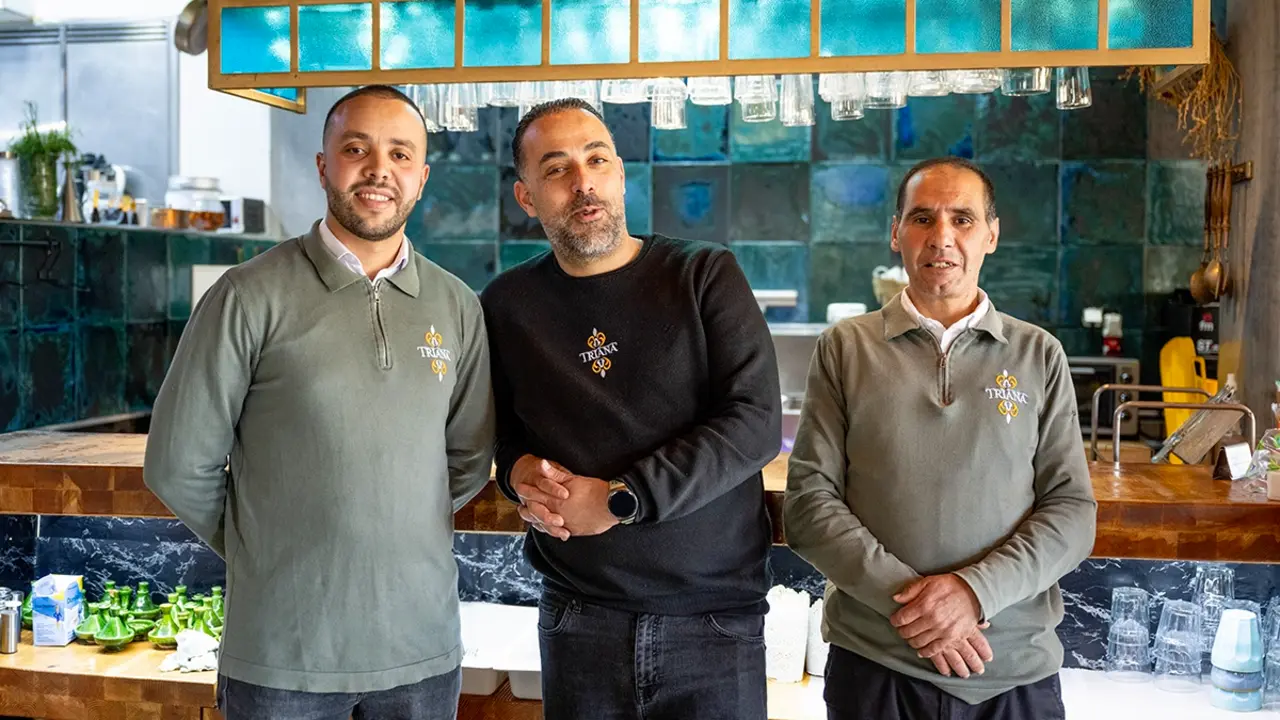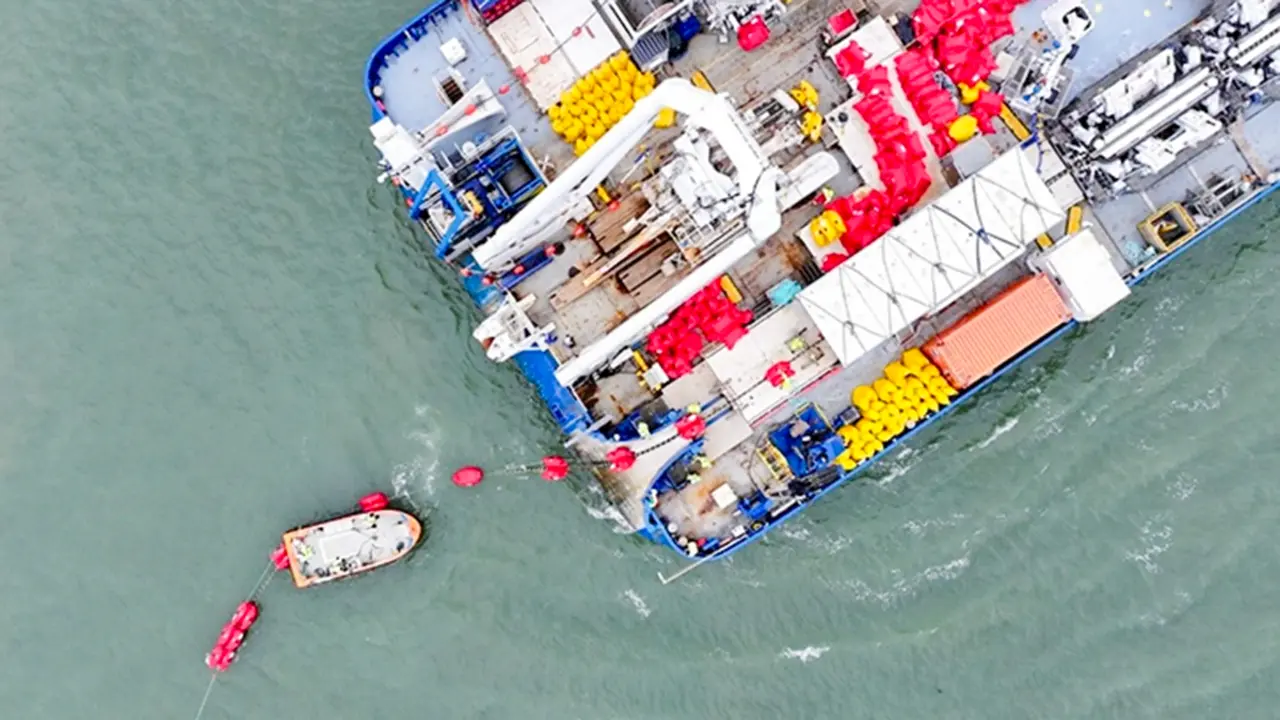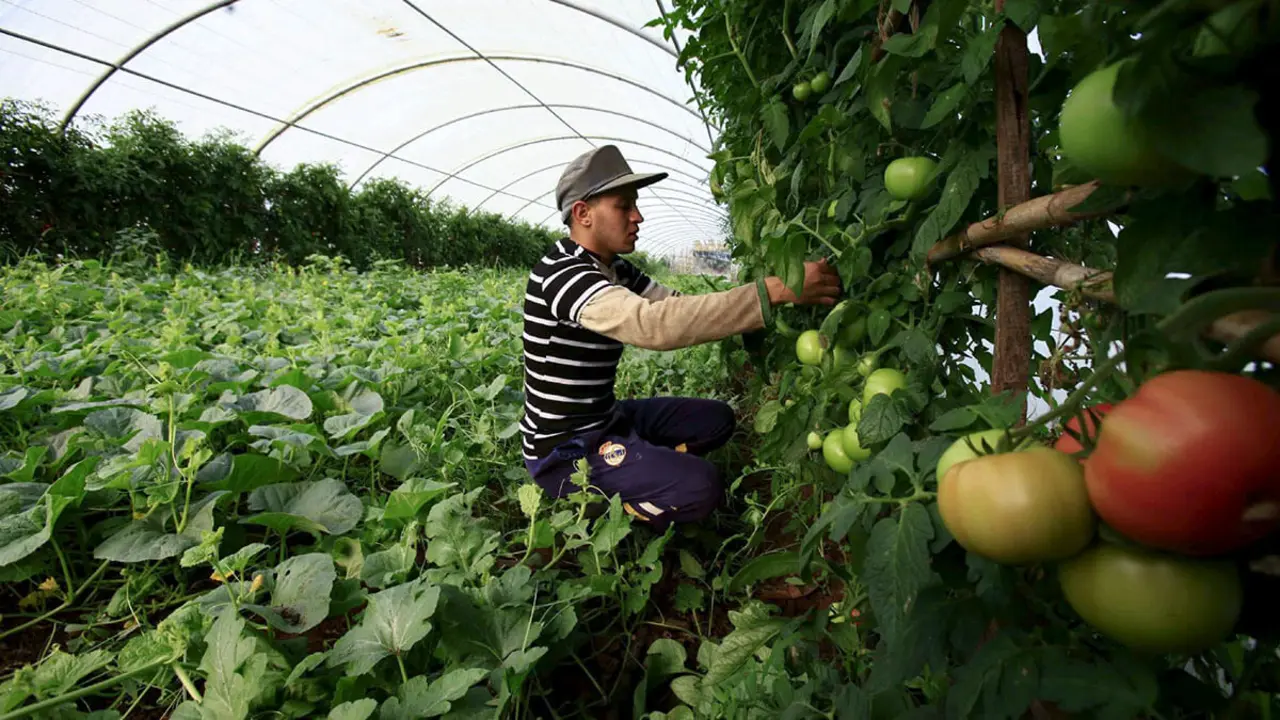Initiative launched to protect bird migration flows in the Americas

There are currently at least 559 species of Latin American and Caribbean birds at risk of extinction, and since 1970, North America has lost 3 billion birds. In response to this situation, the Americas Flyway Initiative is a hemispheric response to effectively address the crisis of biodiversity loss and climate change through concrete nature and community-based solutions.
The partnership between BirdLife International, the National Audubon Society and CAF, announced at Biodiversity COP15 in Montreal, represents an unprecedented investment in bird and biodiversity conservation in Latin America and the Caribbean. Both COP15 and the recent COP27 on Climate Change in Egypt have called for effective responses to the challenges of biodiversity loss and climate change.
The initiative will identify more than thirty critical landscapes and seascapes along bird flyways in the Americas for conservation, restoration and management by local partners, communities and indigenous peoples. The US flyways cover North, Central and South America and the Caribbean, and extend through 35 countries, from the Arctic Circle in the north to Tierra del Fuego in the south.
The Americas are home to three of the world's eight major bird flyways, making this region critical to planetary biodiversity and the response to climate change. However, stopover and wintering sites are disappearing at an alarming rate along these routes.

The initiative builds on the innovative foundations launched in 2021 by BirdLife International, the Asian Development Bank (ADB) and the East Asian Australasian Flyway Partnership.
"The partnership represents the largest investment ever made in bird conservation in Latin America and the Caribbean and will help integrate the region, countries and communities, from south to north, and migratory birds and their migratory routes. This is one of our flagship initiatives to advance our goal of becoming the green bank of Latin America and the Caribbean," said Sergio Díaz-Granados, CAF's executive president.
Patricia Zurita, CEO of BirdLife International, said, "Our flyway initiatives are practical. Now it's beyond having more debates. It is about implementation and putting concrete and verifiable actions behind the words. We believe in sustainable development based on birds as indicators. We must mobilise large amounts of money if we want to have a serious impact. That is why we are talking about mobilising up to ten billion dollars between the two flyways over the next twenty years. We are committed to funding for nature that creates jobs, builds climate resilience and enables nature to be healthy and sustainable."
"Birds are found in nearly every habitat on earth, connecting people to nature," said Elizabeth Gray, executive director of the National Audubon Society. "The same birds that captivate people in the northern reaches of the Americas each summer often travel great distances to delight birders in South America each winter. Our partnership aims to protect the vital migratory routes they use to cross the continent and, at the same time, mobilise people around the world. We are working with the Americas to conserve the places we all need to survive".

Birds tell us that our survival depends on a hemispheric solution to mitigate the effects of climate change and address the crisis of biodiversity loss. They are one of the best indicator species of the health of nature: severe declines in bird numbers are an early and grim warning of current and future threats to biodiversity and people.
According to the Intergovernmental Panel on Climate Change (IPCC), limiting warming to around 1.5 degrees requires global greenhouse gas emissions to be reduced by 43% by 2030. At the same time, due to human pressures, one million species may be heading towards extinction in the coming years, as stated by the UN. This variety of living species constitutes the safety net that sustains human life on earth, provides food, clean water, air, energy and increases resilience to the impacts of climate change.
The birds lost are not just threatened or endangered migratory species, but common and endemic birds. Massive biodiversity loss is just around the corner. From more frequent and intense fires in California to the loss of snow cover and glaciers in the Andes, severe droughts in Chile and Peru, an increase in the number and intensity of hurricanes in the Caribbean and the devastating growth of savannas in the Amazon, communities and people are already experiencing the devastating effects of climate change and the destruction of nature.
Now, for the first time in the Western Hemisphere, an initiative is tackling systemic problems affecting the conservation of migratory birds. The Flyways of the Americas Initiative represents a genuine shift in the approach to sustainable development and biodiversity protection. By bringing in the necessary resources and expertise, we will respond to this pressing challenge.
Together, we are building the roadmap that will reverse the immense loss of birds and biodiversity in the hemisphere. The ambition of the Americas Flyways Initiative and those who value the joy of local and migratory birds is to restore hope to new generations.








